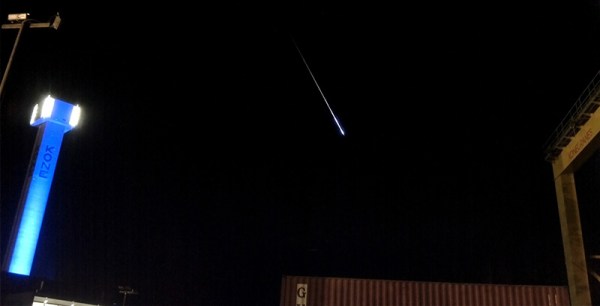A few weeks ago, [sentdex] described how Python has changed his life. In particular, it has allowed him to mine Bitcoin automatically, teach other people programming, and realize a full in-car computer for less than $100 using a Raspberry Pi.
It’s based on a model B, which he’s enclosed in a beefy Pi camera case that sits on the dash of his Honda S2000. The screen is a $17 internet special with composite in, which keeps the BOM way down. A 3A switch wired into the ignition ensures that power to the Pi is not rudely interrupted.
A script takes the Pi directly into desktop mode when [sentdex] starts the car. His main goals for the project were setting up a dash cam and communicating with the OBD computer. The Pi pulls various data points including the throttle position, and the user moves through the list with the arrow keys of one of those roll-up keyboards.
In the future, he’d like to upgrade it to live graph the throttle position and add a sensor to show the brake position. Be sure to check out the walk-through/demonstration video after the break.

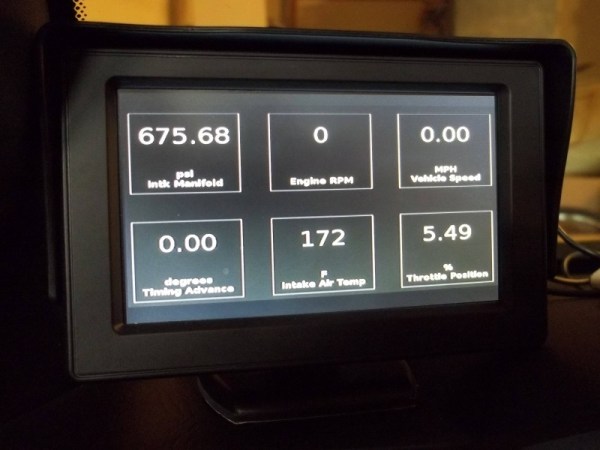
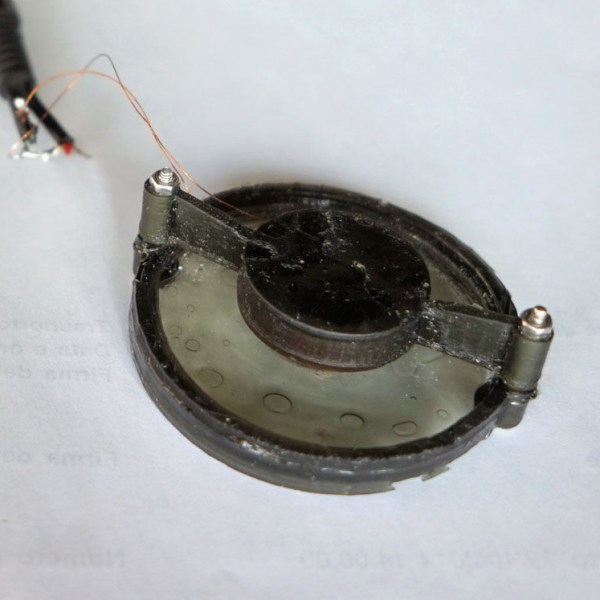
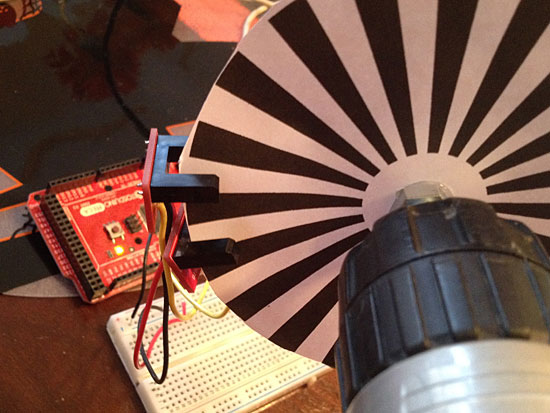
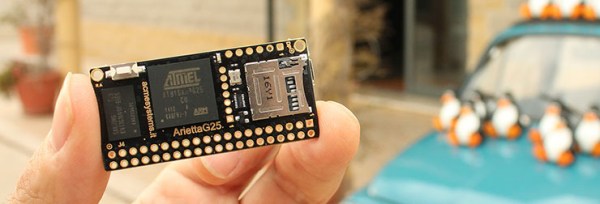
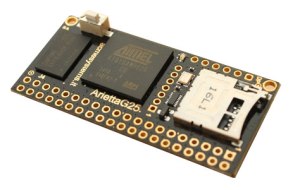

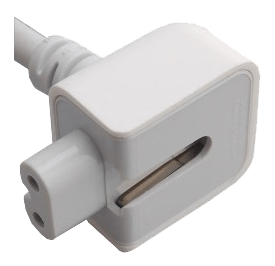
 The standard power adapter for Apple laptops is a work of art. The Magsafe connector has saved more than one laptop owned by the Hackaday crew, and the power brick with interchangeable plugs for different countries is a work of genius. Being a miracle of modern manufacturing doesn’t mean Apple gets it right all the time; the UK adapter doesn’t use the ground plug, leading to the power supplies singing at 50 Hz when plugged in. [Gareth] had had enough of the poor design of his charger
The standard power adapter for Apple laptops is a work of art. The Magsafe connector has saved more than one laptop owned by the Hackaday crew, and the power brick with interchangeable plugs for different countries is a work of genius. Being a miracle of modern manufacturing doesn’t mean Apple gets it right all the time; the UK adapter doesn’t use the ground plug, leading to the power supplies singing at 50 Hz when plugged in. [Gareth] had had enough of the poor design of his charger 